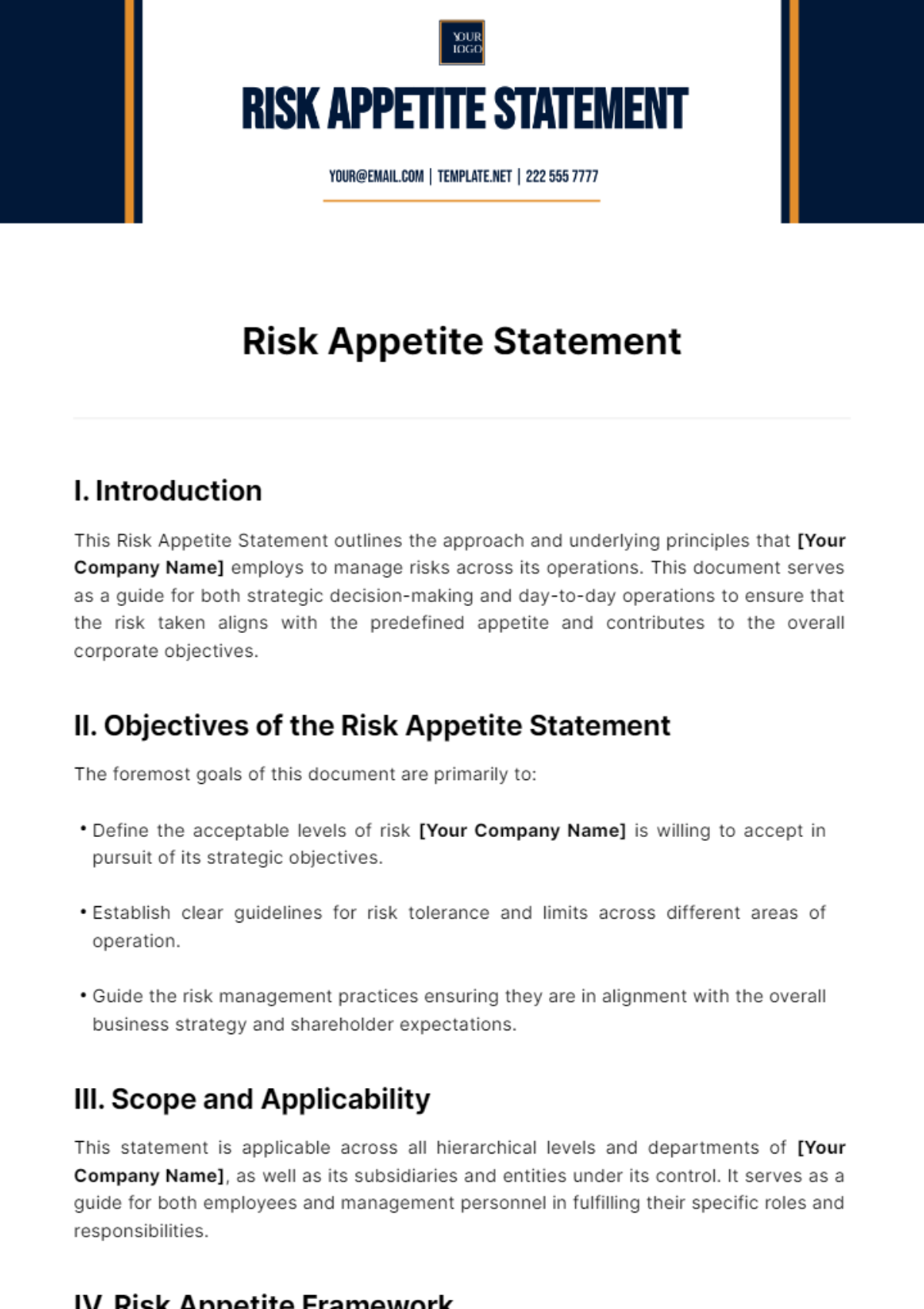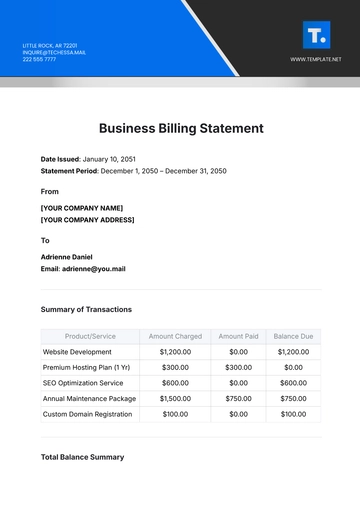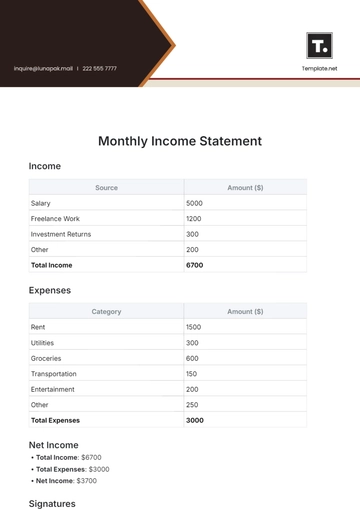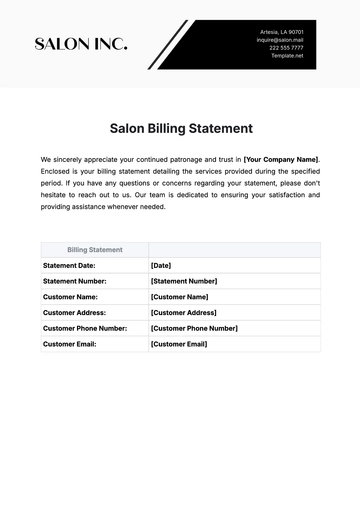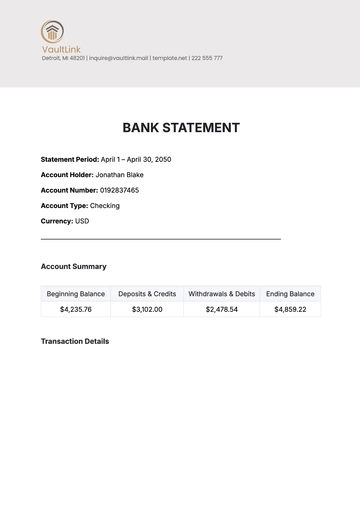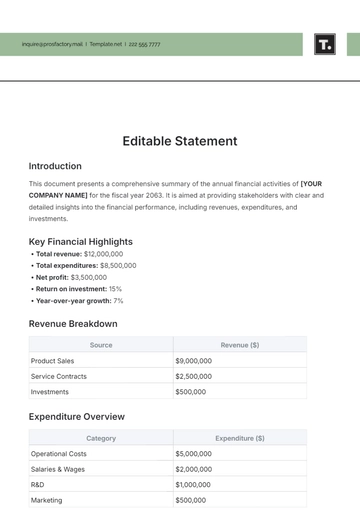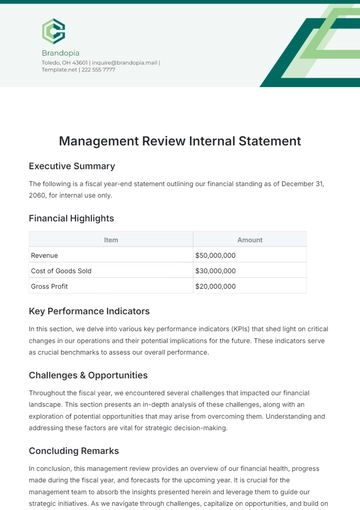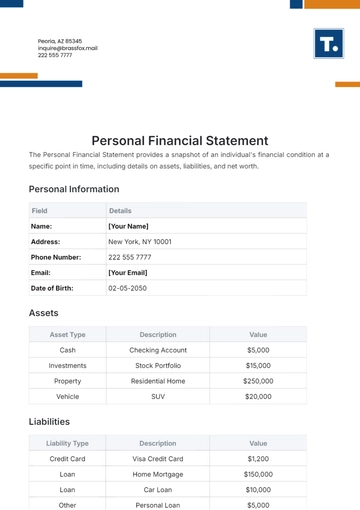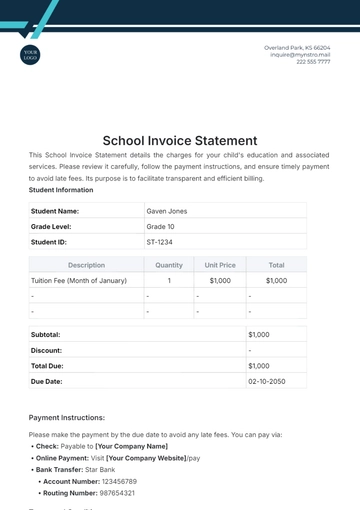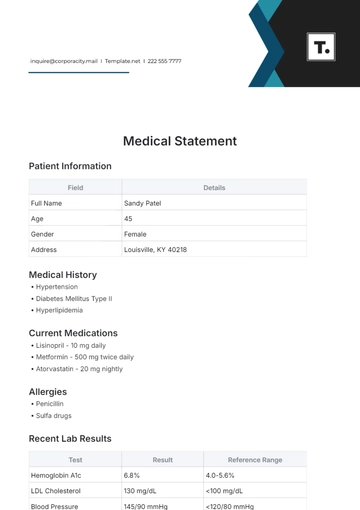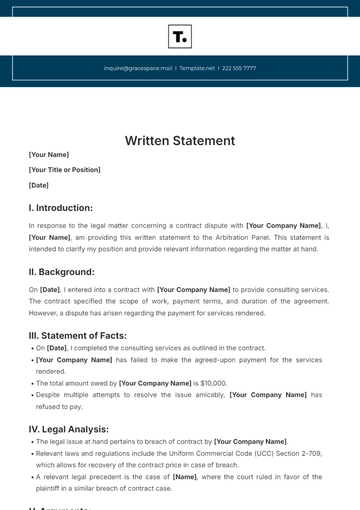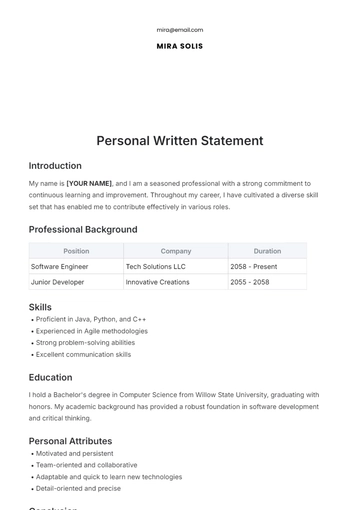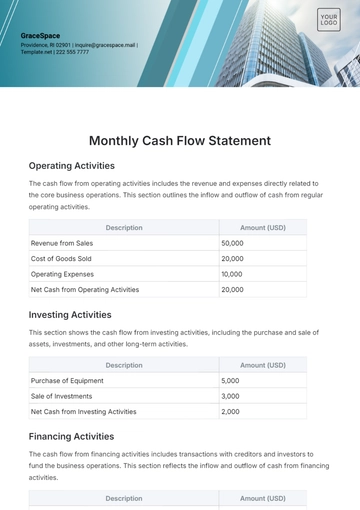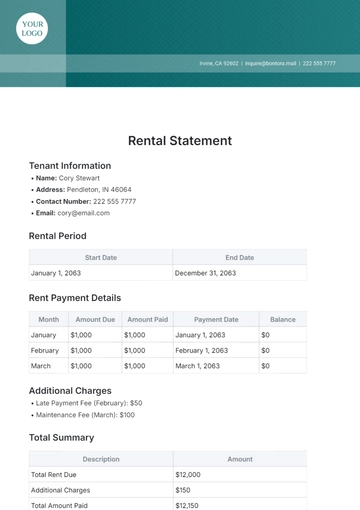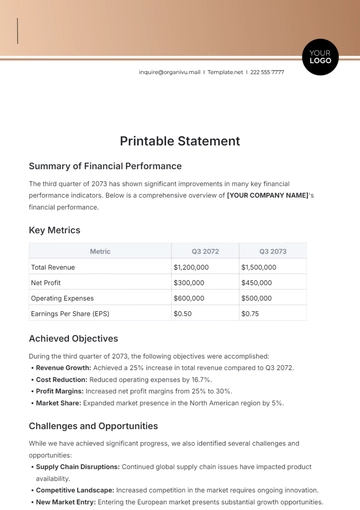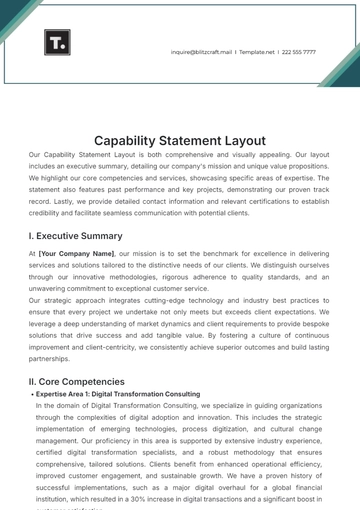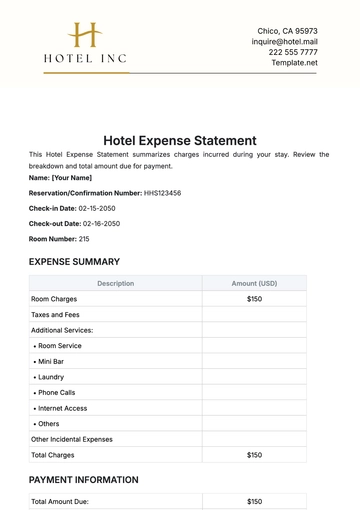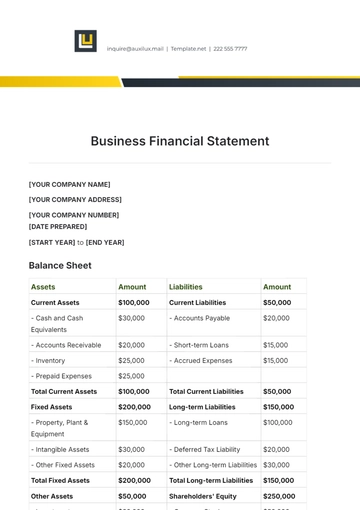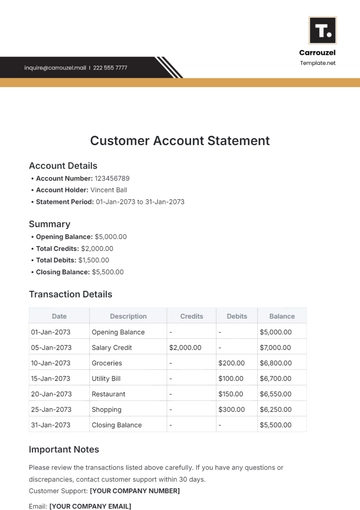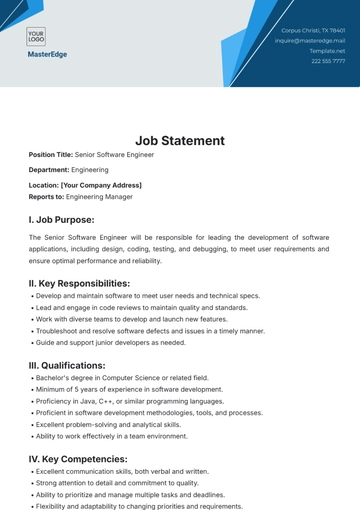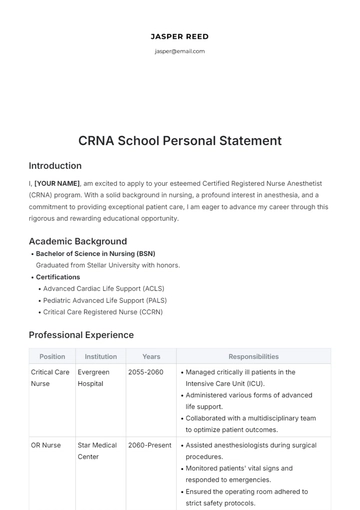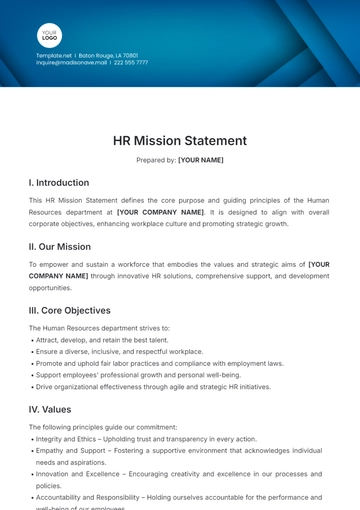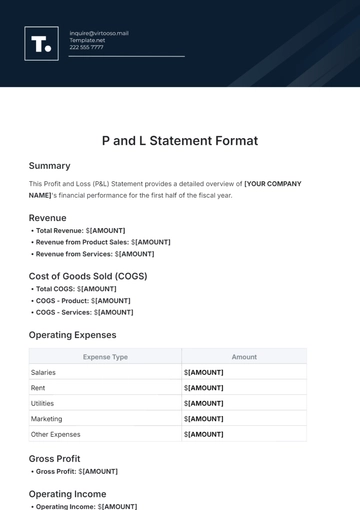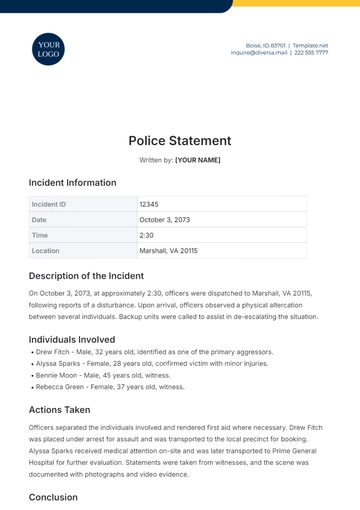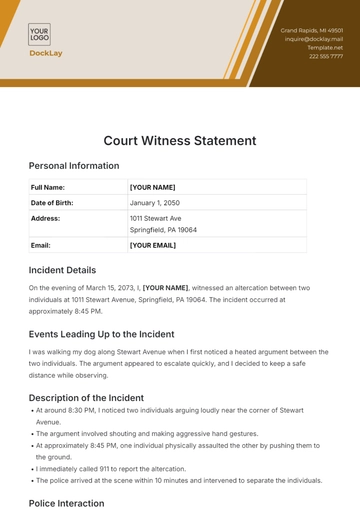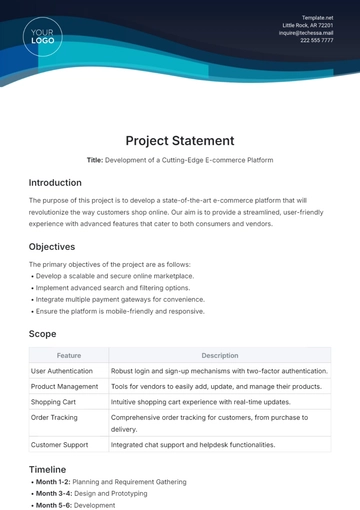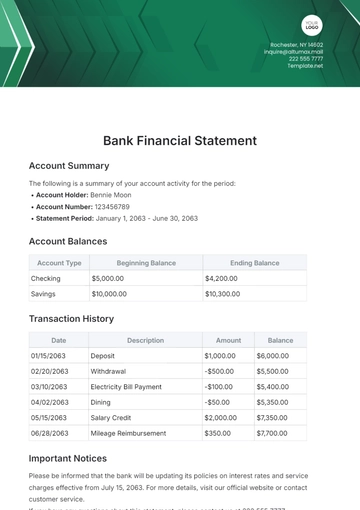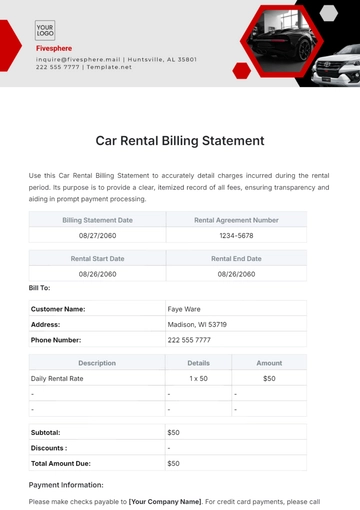Risk Appetite Statement
I. Introduction
This Risk Appetite Statement outlines the approach and underlying principles that [Your Company Name] employs to manage risks across its operations. This document serves as a guide for both strategic decision-making and day-to-day operations to ensure that the risk taken aligns with the predefined appetite and contributes to the overall corporate objectives.
II. Objectives of the Risk Appetite Statement
The foremost goals of this document are primarily to:
Define the acceptable levels of risk [Your Company Name] is willing to accept in pursuit of its strategic objectives.
Establish clear guidelines for risk tolerance and limits across different areas of operation.
Guide the risk management practices ensuring they are in alignment with the overall business strategy and shareholder expectations.
III. Scope and Applicability
This statement is applicable across all hierarchical levels and departments of [Your Company Name], as well as its subsidiaries and entities under its control. It serves as a guide for both employees and management personnel in fulfilling their specific roles and responsibilities.
IV. Risk Appetite Framework
The Risk Appetite Framework of [Your Company Name] is structured as follows:
Strategic Risk Appetite: The company defines strategic risk appetite as the highest level of risk [Your Company Name] is willing to take in pursuit of long-term shareholder value. Strategic risks include but are not limited to changes in market dynamics, M&A activities, and large-scale investments.
Operational Risk Appetite: The operational risk appetite concerns the day-to-day functioning of [Your Company Name] and relates to specific operational risks including compliance, personnel, technology, and business processes.
Financial Risk Appetite: Financial risks pertain to the exposure [Your Company Name] faces in its financial operations, including market, credit, and liquidity risks. This section defines thresholds and limits for each type of financial risk.
V. Risk Tolerance
Risk tolerance is articulated through a detailed definition of the precise level or limit of risk that the [Your Company Name] can accept. To maintain organizational safety and compliance, these risk levels are subjected to ongoing monitoring aimed at ensuring that the predefined thresholds are strictly adhered to and are not exceeded at any time.
VI. Risk Management Strategy
The risk management strategies of [Your Company Name] include:
VII. Governance
The Risk Appetite Statement that has been issued is under the direct governance of the Board of Directors at [Your Company Name]. The Board is responsible for ensuring that this statement complies with and aligns thoroughly with the strategic objectives set forth by the company.
VIII. Review and Amendments
This statement will be reviewed annually or more frequently as required by significant changes in business strategy or external factors impacting [Your Company Name]. Amendments and updates to the statement will be carried out with the approval of the Board and communicated across the organization. This statement has been approved and endorsed by the board of [Your Company Name] as of [DATE].
Statement Templates @ Template.net
